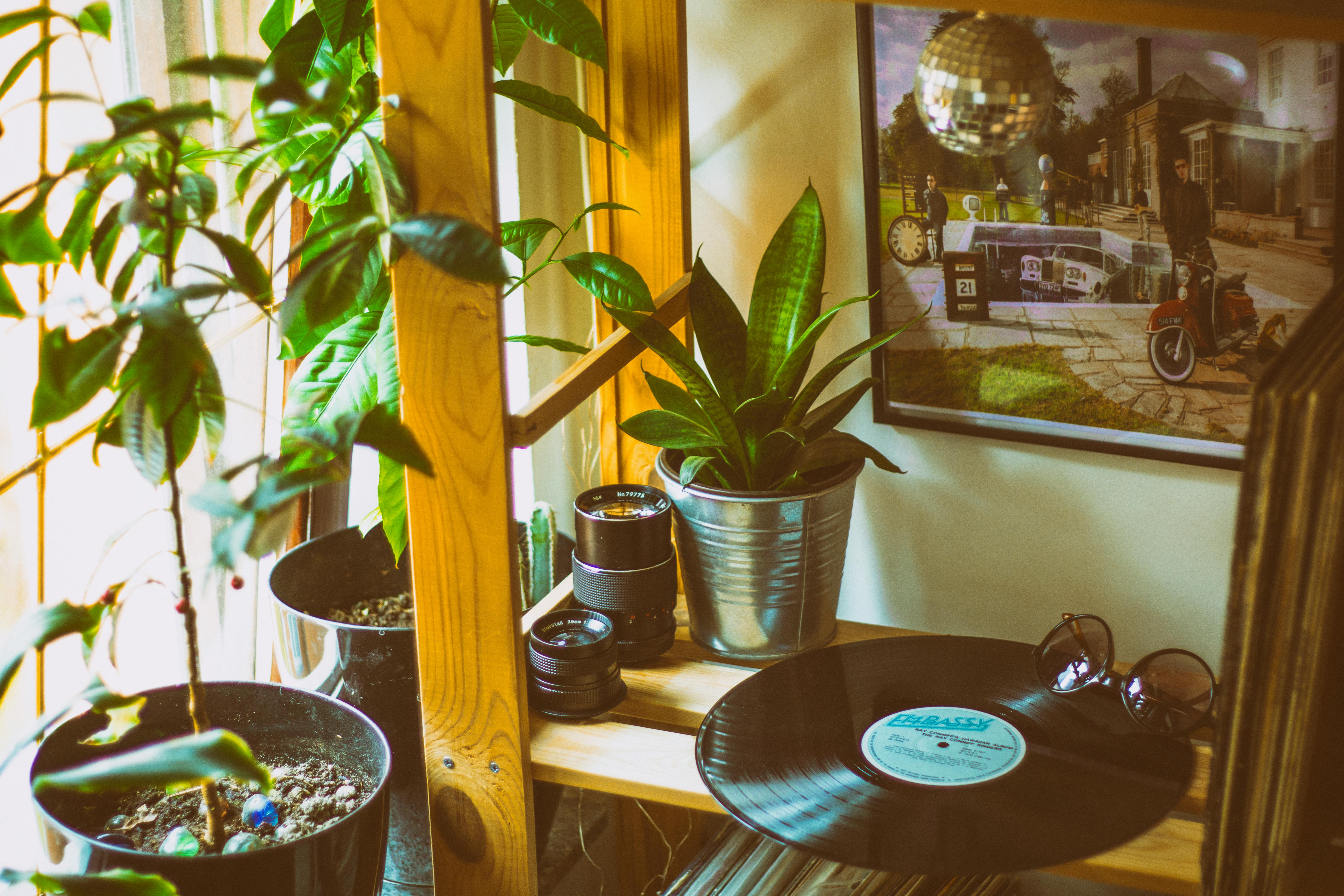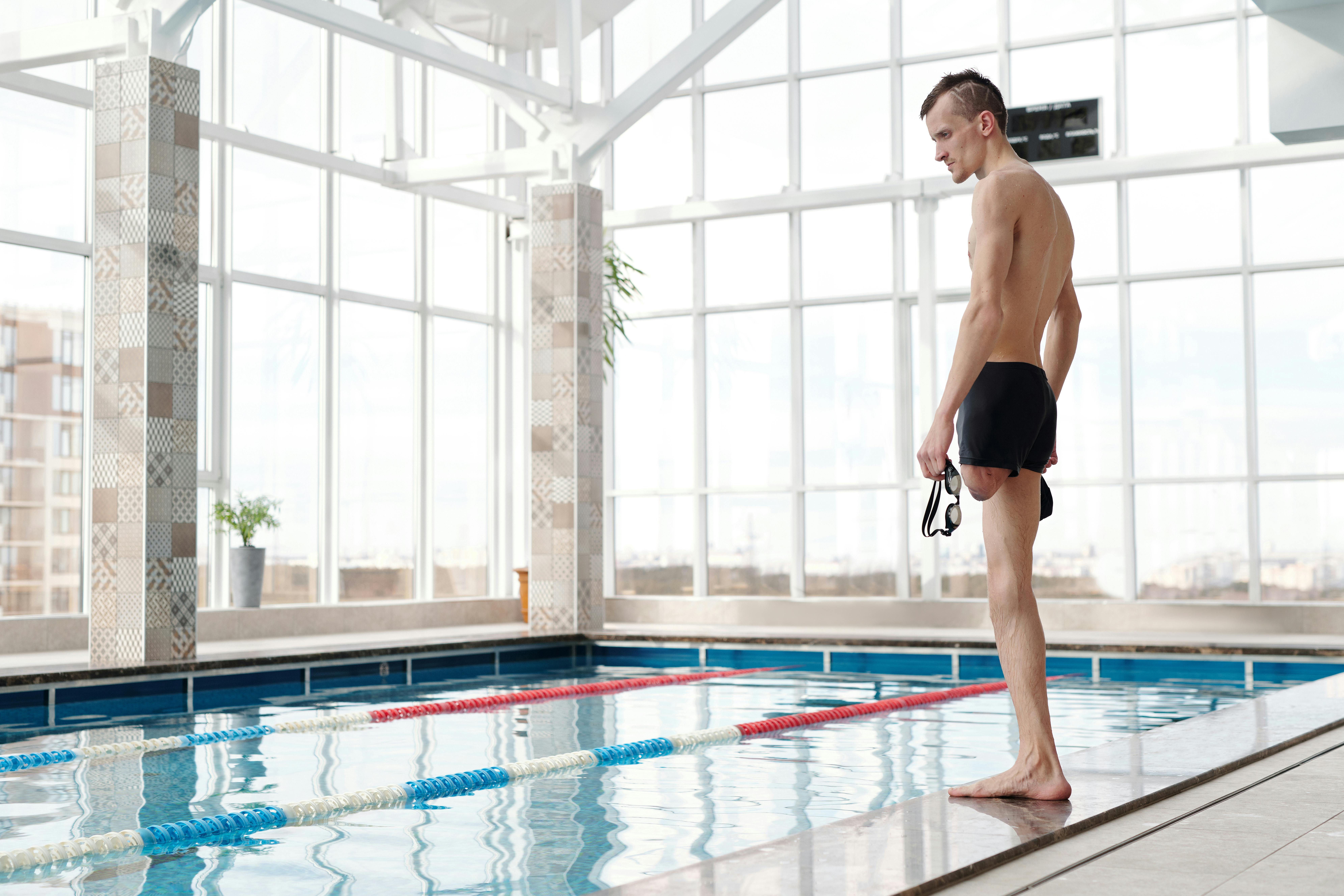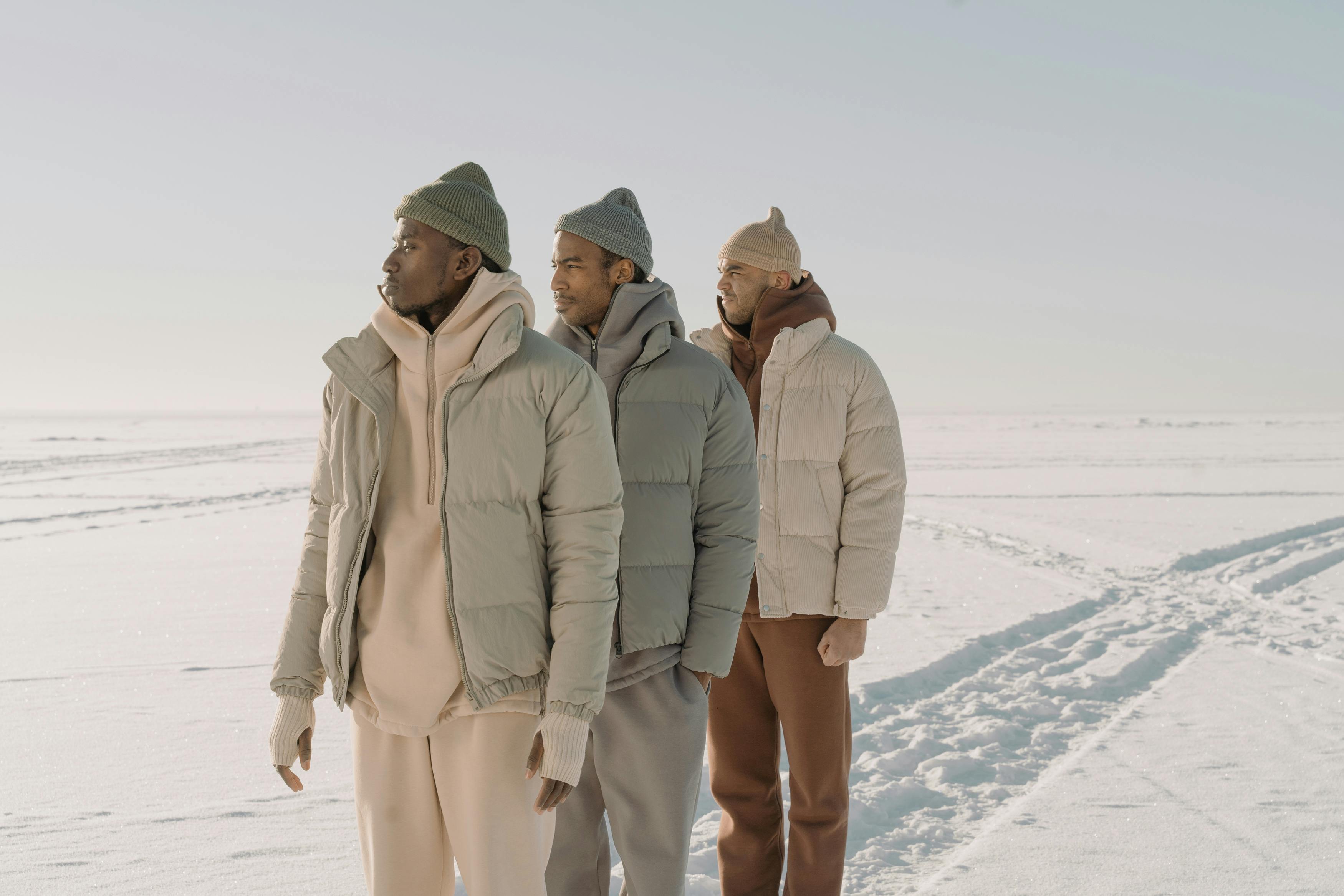In Parts 1-4, you learned how to develop your online business proposition, generate a keyword list, and optimize at the site level. You were also introduced to our legendary Doug (selling antique doors, door handles, knockers, doorbells or handles and fitting services) in Windsor, UK.
Now is the time to focus on optimizing each individual page. My key message is to keep each page short! You should only cover one product, service, or key information per page. If you find yourself covering more, break up the content and create more pages.
Keyword density is a key concept in page optimization and is defined as “The number of times a keyword is used on a web page divided by the total number of words on the page. Expressed as a percentage.” Another key term is keyword relevance, which is defined as “how often related keywords appear on the page.”
(a) Metadata Optimization
Experts disagree about the importance of metadata. In the old days, search engines used metadata a lot to rank sites. Now, as a result of abuse by webmasters, metadata on ranking sites is largely ignored by major engines. However, search engines still use metadata to compile site descriptions in search engine results and (for that reason alone) it’s a bit of a time-consuming job!
The META-Description tag is one of the few META tags that can be considered important, as some search engines use it as a description of your site. You should keep it under 180 characters (so the engines don’t truncate it) and make sure it (i) reads well, (ii) includes keywords at a reasonable density, (iii) entices browsers to click and (iv) accurately describes the landing page (using repeated words in the page title, first header, and first paragraph of page content). Doug (for his home page) opts for the following:
Antique doors and door hardware by Doug Chalmers from Middlesex, UK. Antique knockers, bells and other door hardware in brass and iron, shipped all over the world.”
The META-Keyword tag is almost useless nowadays, so I wouldn’t spend too much time on it. Simply place your A-list of keywords for each page between the tags (remember that four of the ten must be common to every page on your site and six specific to the page in question). Use spaces, not commas, to separate keywords. On his door knocker page, Doug opts for:
“Antique Door Brass Hardware Knocker Decorative Iron Engraved Antique Knobs”
To be honest, almost all other tags are pretty useless. I would avoid generator, copyright and author tags altogether (they just clutter your code) and only use Content-Type, Content-Style-Type and Content-Language tags where your site is not in English.
The only other tags I would consider are the ICRA rating tag (which can attract traffic from several new family-friendly search engines) and a geographic location tag (eg ICBM tags). Both of these tags could become more widely used in the future, so they’re at least worth considering.
(b) Optimization of titles and headers
The title tag is not a meta tag, but it is absolutely vital for search engine optimization. Title tags (i) are displayed at the top of the browser window, (ii) are often used by search engines to generate the link that appears on your page in the results lists, and (iii) are used as bookmark titles for your page. For all these reasons, it is vital to get it right.
They should be descriptive and short (ideally under 100 characters) and make good use of your keywords. Excessive use of keywords can be considered abuse by search engines, but this will not happen if you write the title as a trail of breadcrumbs (which is the approach I recommend). As an example, consider Doug’s knocker page:
“antique-door-knockers.com > Door Hardware > Brass Knockers – Decorative and Engraved Antique Knobs and Knobs”
The title summarizes the page well, while also positioning it within the general structure of the site. Hardly anyone uses this type of approach, which is all the more reason why you should. It is by far the best way to differentiate yourself and move up the rankings.
Search engines pay attention to header tags, so it often surprises me that webmasters don’t use them. Some avoid heading tags because they haven’t learned how to control their appearance, using style sheets or their web authoring software, but this is a lazy and expensive mistake! Doug uses the following headers to structure his knockers page:
Title 1
– Title 2
decorative knockers
– Lion Knockers or Knobs
– Pineapple knockers or knobs
smooth knockers
– Round knocker
In general, I would avoid going down to subheadings (heading 3) as search engines will give each lower level less importance in the nesting and dilute the value of higher levels. If you need header 3, I suggest you split the content into separate pages.
(c) Page Structure Optimization
We talked earlier in the guide about the importance of the top left of your page. On your home page, this area should be a sitemap of the entire rest of the site. On your money pages, this area should contain your first headline(s) and first paragraph.
Some search engines will only measure keyword density and relevance in the first few lines, rather than the entire page. As such, pay special attention to how each page begins. Here’s an example from Doug’s knockers page:
decorative knockers (title one)
Lion knockers or knobs
(title two)
A aldabas-antiguas.comwe have the best victorian and georgian kitchens lock. Our brass knockers they are very popular; particularly our antique decorative or engraved knockers and knobs. In addition to our rare classics and collectibles, we stock reproductions lion knockersincluding the Royal Lion Head Knocker and the Georgian Lion Knocker, both available in polished brass or cast iron.
You will notice a few things here. First, the liberal use of internal links (at the home page, category page, and product page level). Second, the use of B-list keywords (such as Victorian and Edwardian) and, in particular, related keywords (such as antique, classic, and collectible). Third, the bold of the lion knockers keyword combination (not exaggerated and perfectly understandable in this paragraph).
The rest of the page should continue along similar lines (although you can be a bit more relaxed and focus on the more tedious but important details for making a sale, like dimensions, prices, etc.) On money pages, the bottom The page should be where you place your formal navigation to the rest of the site.
(d) Page text optimization
You may have already collected some of the key points. Use bold or italics sparingly to strikethrough keywords (but only when justified in context). Use the two-word and three-word keyword strings we identified in Part 3 (Keyword Analysis). Most of all though, aim for no more than 450-600 words total on each page (and ideally near the low end of that range).
Opinions differ on the ideal keyword density. A lot depends on how competitive your keywords are and how many you seriously target. For the top four keywords (and for the entire site), I’d aim for a density of 20% for each word individually in slice one (where slice one is defined as title + headings + bold text + italic text + white text). alternative).
The overall density for normal page text content (sector two): should be 2-4% for your page-specific (and most important) keywords, 0.8-1.5% for your two or three keyword chains and 0.2% to 0.5% for related keywords. keywords (but with a lot of them).
Like Doug, you should use the Spannerworks Keyword Density Analyzer to measure the density of your copy and keep refining it until you’re happy with the results.
(e) Page Image Optimization
I mentioned alt text in sector one above. In general, I would keep images to an absolute minimum on your site (and only to make the site visually appealing). However, when using images, I would make sure to have descriptive alt text for each image that (i) helps the disabled user to endure the image and (ii) is keyword dense. For example, Doug uses the following alt text for an image of a knocker:
Real Lion Head Door Knocker Reproduction (in polished brass, also available in cast iron)
Note that you don’t need to say “image of” at the beginning of your description (in fact, this will only tend to annoy disabled users using screen readers, as their software will tell them it’s an image before reading the text to them). alt text).
Next, we turn our attention to promoting your site…
Browse the guide
Previous:
SEO Experts Guide – Full Site Optimization (Part 4/10)
Next:
SEO Experts Guide – Free Site Promotion (PR) (part 6/10)









